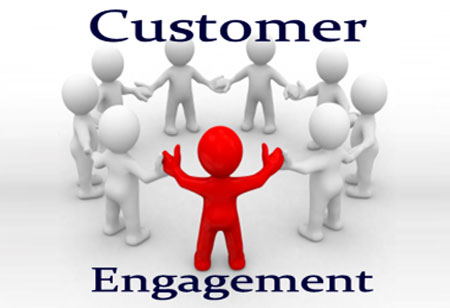THANK YOU FOR SUBSCRIBING
Winning Over the Obstacles between Data Lakes and Analytics for Better Customer Engagement
A well-engineered customer data platform can equip organizations with an ability to counter the diversity, speed, and volumes of data lake information in a big data environment.

By
Apac CIOOutlook | Thursday, January 01, 1970
Stay ahead of the industry with exclusive feature stories on the top companies, expert insights and the latest news delivered straight to your inbox. Subscribe today.
It is crucial for businesses to understand the needs and preferences of customers while aiming to remain competitive in the current marketplace. Personalized service coupled with satisfying experiences is what required by businesses to retain old customers and attract new ones.
However, most organizations across various industries find it difficult to access the customer data necessary to provide relevant and personalized experiences across all touchpoints.
Data Lakes
Data lakes are now seen as the most effective means of managing a variety of collected customer data with a majority of big data and analytics solutions now emphasizing a self-service approach to leveraging a data lake’s value. As the efficacy of analytics solutions relies heavily on the quality of the data streaming in, dumping all of the customer data into a data lake is not of much benefit.
A Forrester research suggests that only 25 percent of the organizations are known to register a revenue growth with regard to their implementation of big data solutions. The reason for the failure of the remaining companies revolves around improper harnessing of insights gained from the customer data.
Customer Engagement
Preventing the use of big data in customer engagement are the two bottlenecks between the implementation of analytics for customer engagement and data lakes. While one of these obstacles is the creation of golden record—the precise and holistic view of the customer, the other is neutralizing the latency at the data, analytical, as well as execution stages of a process. Overcoming these challenges can help organizations engage with customers in real time via appropriate channels and touch points.
The solution to eradicating inconsistent and redundant data from data lakes lies in implementing a meticulous data matching strategy that leverages heuristic, probabilistic, and machine learning approach to winning over data. A well-engineered customer data platform can equip organizations with an ability to counter the diversity, speed, and volumes of data lake information in a big data environment.
Furthermore, the latency barrier can be eliminated by enhancing the quality of automation, improving the timing and performance requirements, and detailed designing along with calibration of software and processes. Consequently, organizations will be able to connect with today’s customers and deliver them the personalized experiences that they desire.





